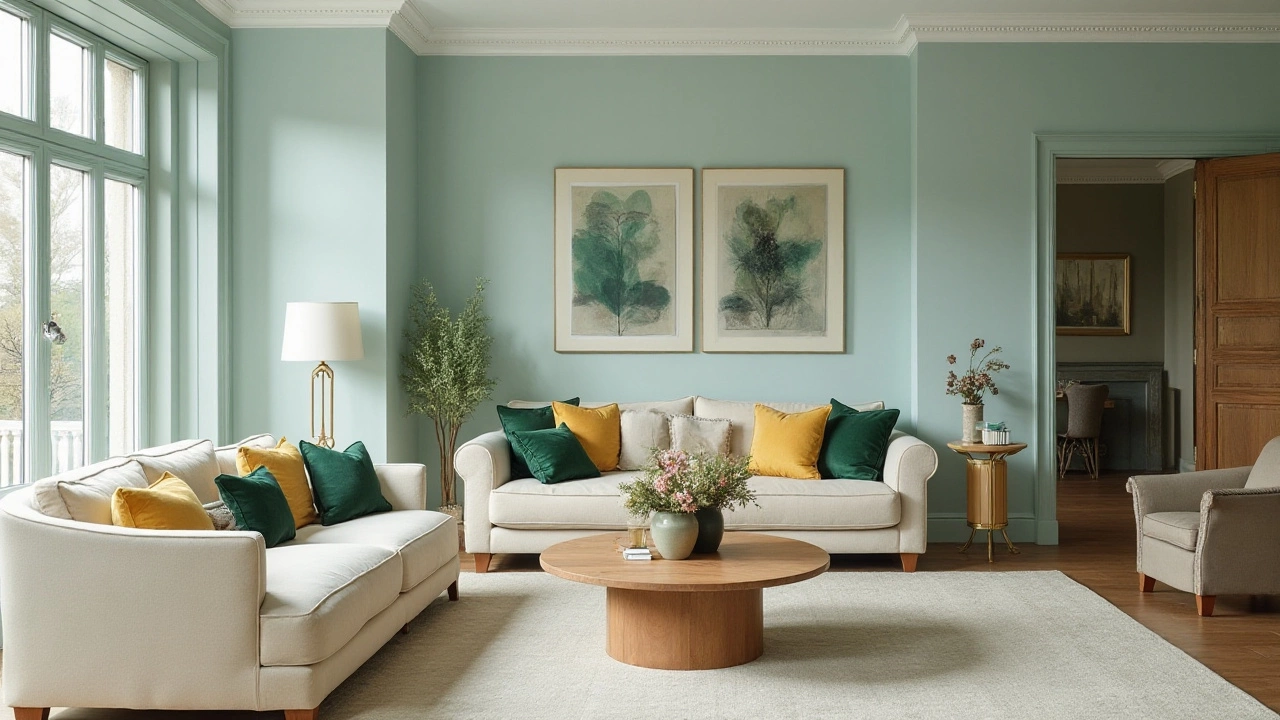Color Tips for Furniture – Simple Ideas to Refresh Your Home
Ever look at a room and feel something’s missing? Often it’s just a splash of color. Adding the right hue to your furniture can change the mood in minutes, and you don’t need a designer to get it right. Below are easy steps you can follow today.
Choosing the Right Hue for Your Sofa and Chairs
Start with the biggest piece in the room – usually the sofa. Ask yourself: does the sofa blend into the walls or does it stand out? If it blends, a bolder shade can become a focal point. If it already pops, pick a softer tone that balances the space.
Neutral sofas are a great canvas. Try a deep teal or warm mustard for a modern look, or a pastel blue for a calm vibe. When you have a colored sofa, keep the rest of the room light. Light gray or creamy walls let the sofa shine without overwhelming the eye.
Don’t forget about chairs. A pair of accent chairs in a complementary color adds interest without clashing. Use the color wheel: opposite colors (like navy and orange) create excitement, while neighboring colors (like olive and mustard) give harmony. Mix textures – a velvet chair in a bold hue feels luxe, while a linen chair in the same shade feels casual.
Before you commit, grab a fabric swatch or paint chip. Hold it up next to your existing furniture and look at it at different times of day. Natural light can shift the perception of color, so a quick test saves you a pricey mistake.
Adding Color with Accents and Accessories
If you’re not ready for a full‑on sofa makeover, start small. Throw pillows are the cheapest way to experiment. Pick three‑four pillows in varying shades that echo your desired palette. A patterned pillow can bring in secondary colors without dominating the room.
Rugs work the same way. A rug with a subtle color gradient ties the floor and furniture together. Place it so the front legs of the sofa sit on the rug – this anchors the color and creates a unified look.
Side tables, lamp shades, and artwork are other cheap yet effective tools. A wooden side table painted in a muted teal can match a navy sofa and still feel cohesive. When choosing artwork, look for pieces that include your main color plus one or two supporting tones.
Don’t forget about outdoor furniture. A weather‑proof cushion in a bright hue can make your patio feel like an extension of the indoor color story. Just be sure the material is UV‑resistant so the color stays fresh.
Finally, keep balance in mind. Too many bright pieces can feel chaotic. A good rule: one dominant color, one or two accent colors, and the rest neutral. This keeps the room lively but still easy on the eyes.
With these tips, you can turn any plain piece into a statement and make your whole home feel more inviting. Start with a single change, see how it feels, and build from there – color is fun when you take it step by step.
The Impact of Color on Home Value: Unveiling the Best Shades for Furniture Sales
Color plays a crucial role in enhancing the value of a home, especially when it comes to furniture sales. Some hues can create an inviting atmosphere that appeals to potential buyers, while others may detract from the overall appeal. By understanding the psychology of color and its influence on interior design, homeowners can make informed decisions that increase their property's worth. This article explores key colors that add value and offers practical tips for incorporating them effectively.
More
